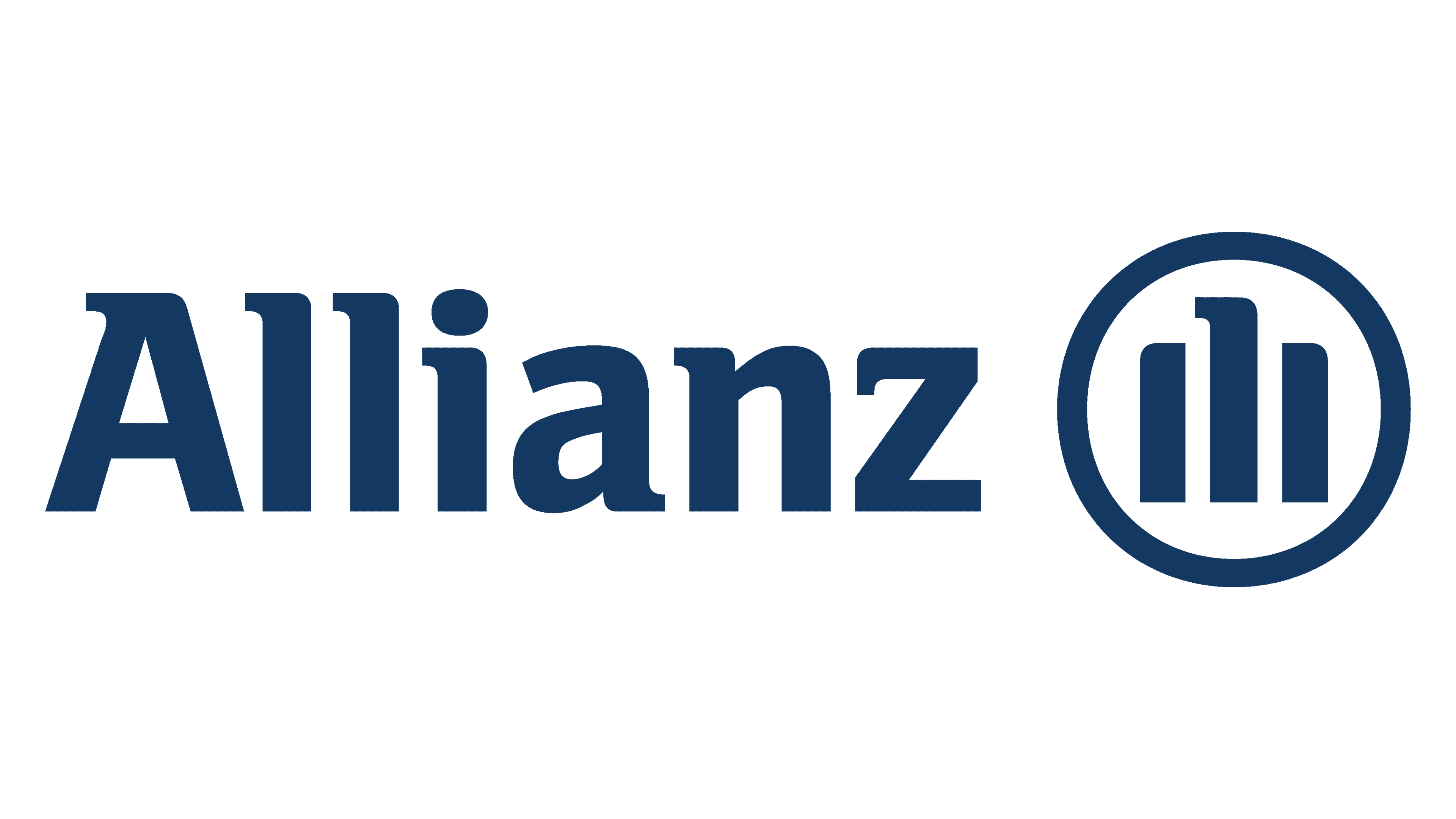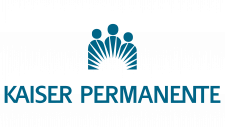Allianz Logo
Allianz is a global financial services company specializing in insurance and asset management. Carl von Thieme and Wilhelm von Finck launched Allianz in 1890 in Munich, Germany, aiming to supply a diverse suite of insurance products with an early emphasis on transport and accident coverage. Over the years, Allianz has grown into a leading global provider, offering a broad spectrum of services, including life, health, and property insurance, alongside investment and retirement solutions.
Meaning and history
Allianz embarked on its journey in 1890, Munich, by Carl von Thieme and Wilhelm von Finck. Initially, it tackled transport and accident insurances. By 1900, it expanded across Europe and the U.S. The 20th century saw Allianz navigating two World Wars, diversifying into life and health insurance. Post-WWII, it spearheaded global expansion, entering Asian and Latin American markets. The 1980s marked Allianz’s leap into asset management. The 2000s brought digital innovation, enhancing customer service. Allianz stands as a financial powerhouse, offering a wide array of insurance and asset management services worldwide, symbolizing resilience and adaptation.
What is Allianz?
Allianz is a titan in the realm of global finance, steering through the complex currents of insurance and asset management with unmatched prowess. Born in the heart of Munich in 1890, it has woven a rich tapestry of services that span continents, embodying innovation and trust at every turn.
1890 – 1923
This emblem is a bastion of heraldic artistry, crowned with regality and flanked by the mythic power of eagle’s wings. Central to its heart, a bold, imposing eagle commands attention, its gaze firm and sovereignty unquestioned. Beneath, the shield divides two realms, one of industry and gears, the other of noble steeds, hinting at the duality of strength and progress. Encased within the crest, the name “Allianz” stands resolute, a declaration of alliance and unity.
1923 – 1977
This logo distills its essence into stark modernity, a silhouette marrying abstract geometry with corporate identity. Gone are the regal complexities, replaced by a trinity of sleek, upward-thrusting shapes, suggesting dynamism and precision. The figure at the crest, simplified yet watchful, oversees progress. The stark black-and-white palette speaks of clarity and contrast, an emblem for an era where directness in design mirrors an ethos of straightforward service. This is a minimalist’s heraldry, where less speaks volumes, and the starkness is its own narrative.
1977 – 1999
The evolution here speaks to a further refined minimalism, where the iconography has been distilled to its core. The eagle motif remains, yet it’s now encircled, symbolizing unity and global reach. The typeface of “Allianz” adopts a modern, cleaner style, emphasizing accessibility and contemporary appeal. This shift reflects a brand confident in its simplicity and recognition, a nod to an age where brand identity thrives on instant recognition and the power of understatement.
1999 – Today
In this iteration, the logo sheds its stark black and white for a serene blue, evoking trust and dependability. The eagle has flown, leaving behind a triad of pillars standing firm within a circle, a metaphor for stability and strength. The word “Allianz” adopts a softer, more approachable font, yet retains its authoritative presence. This design leans into the future, prioritizing a clean, uncluttered aesthetic that speaks to a legacy streamlined for the digital age.















